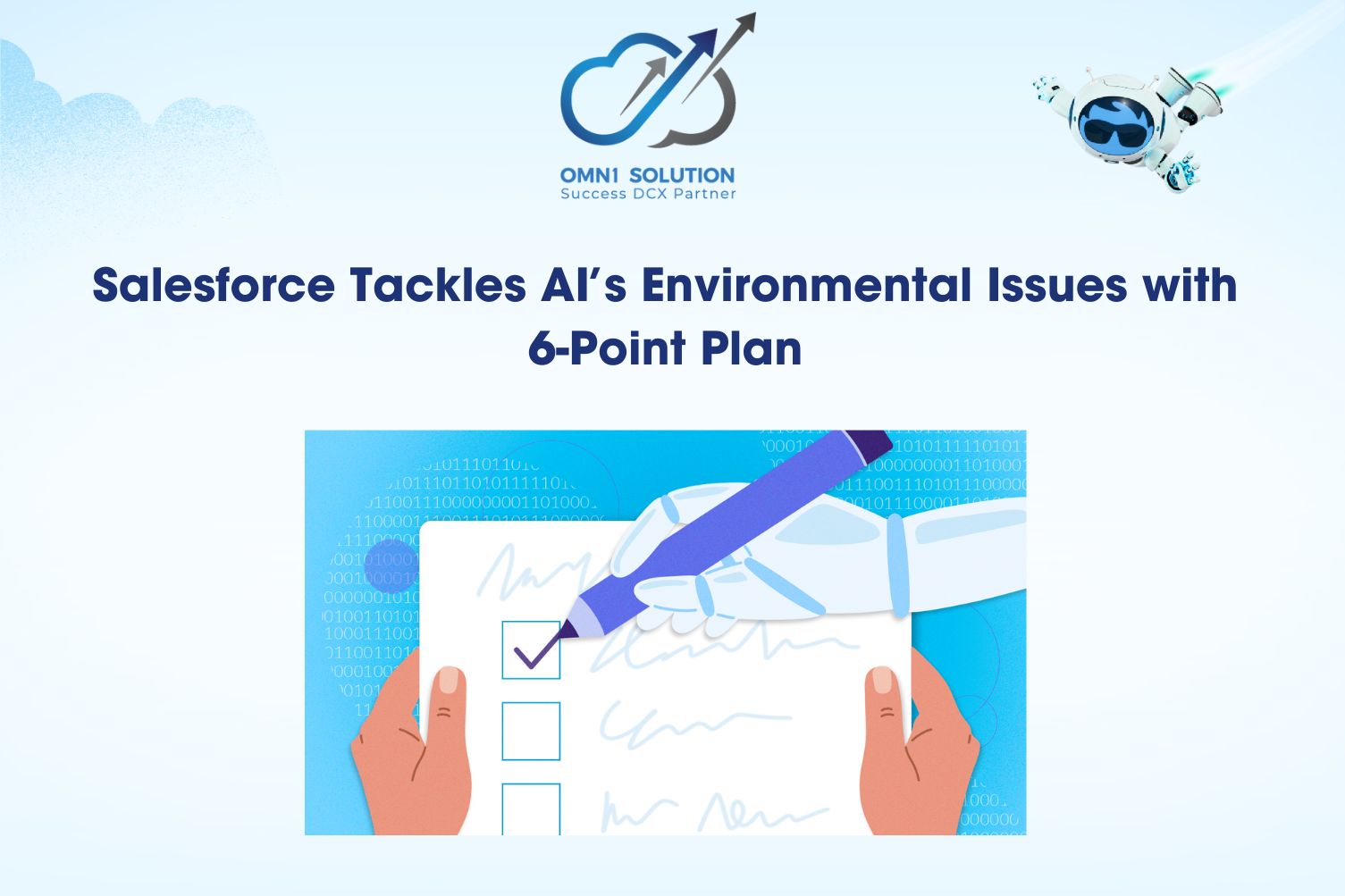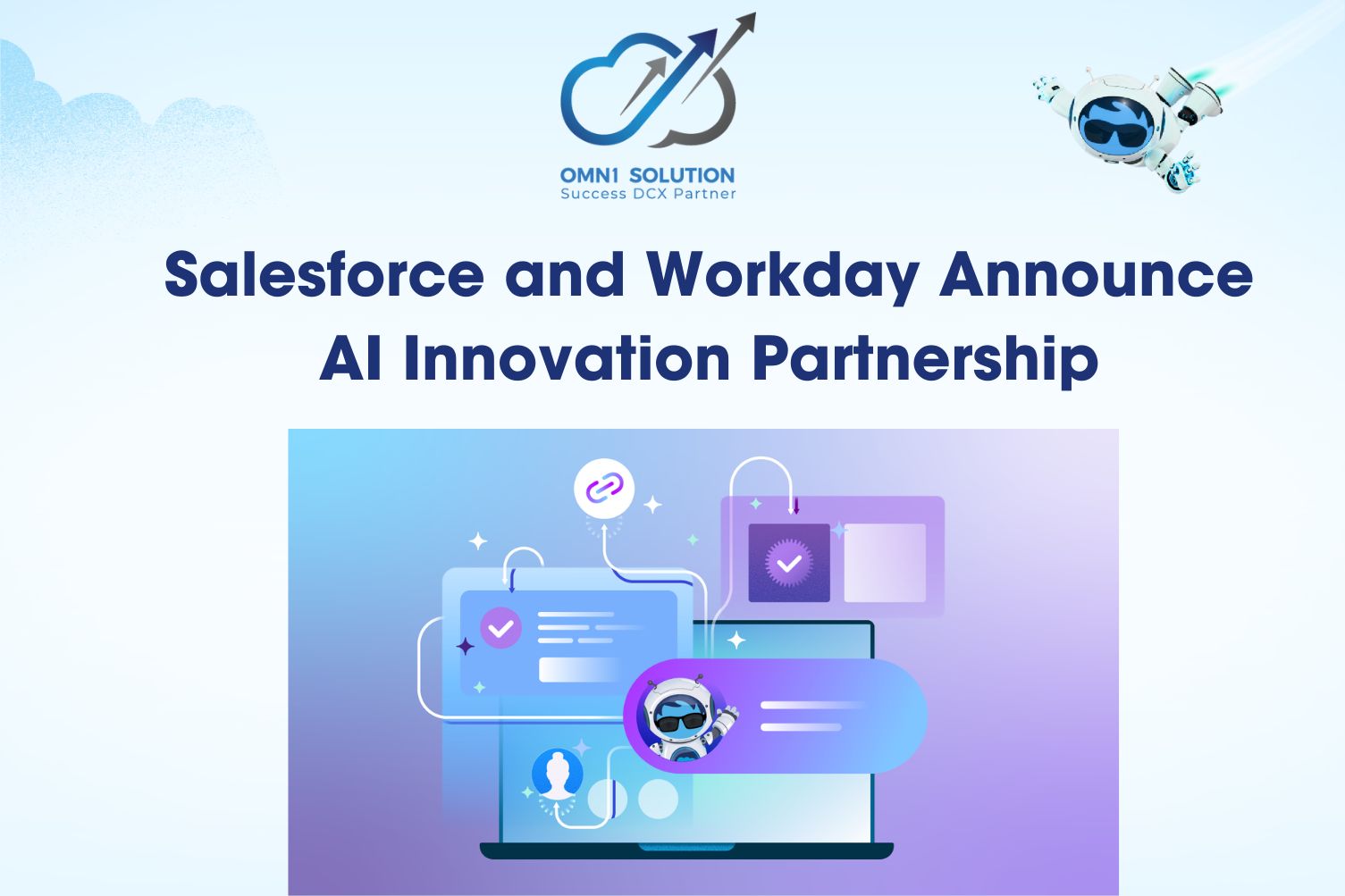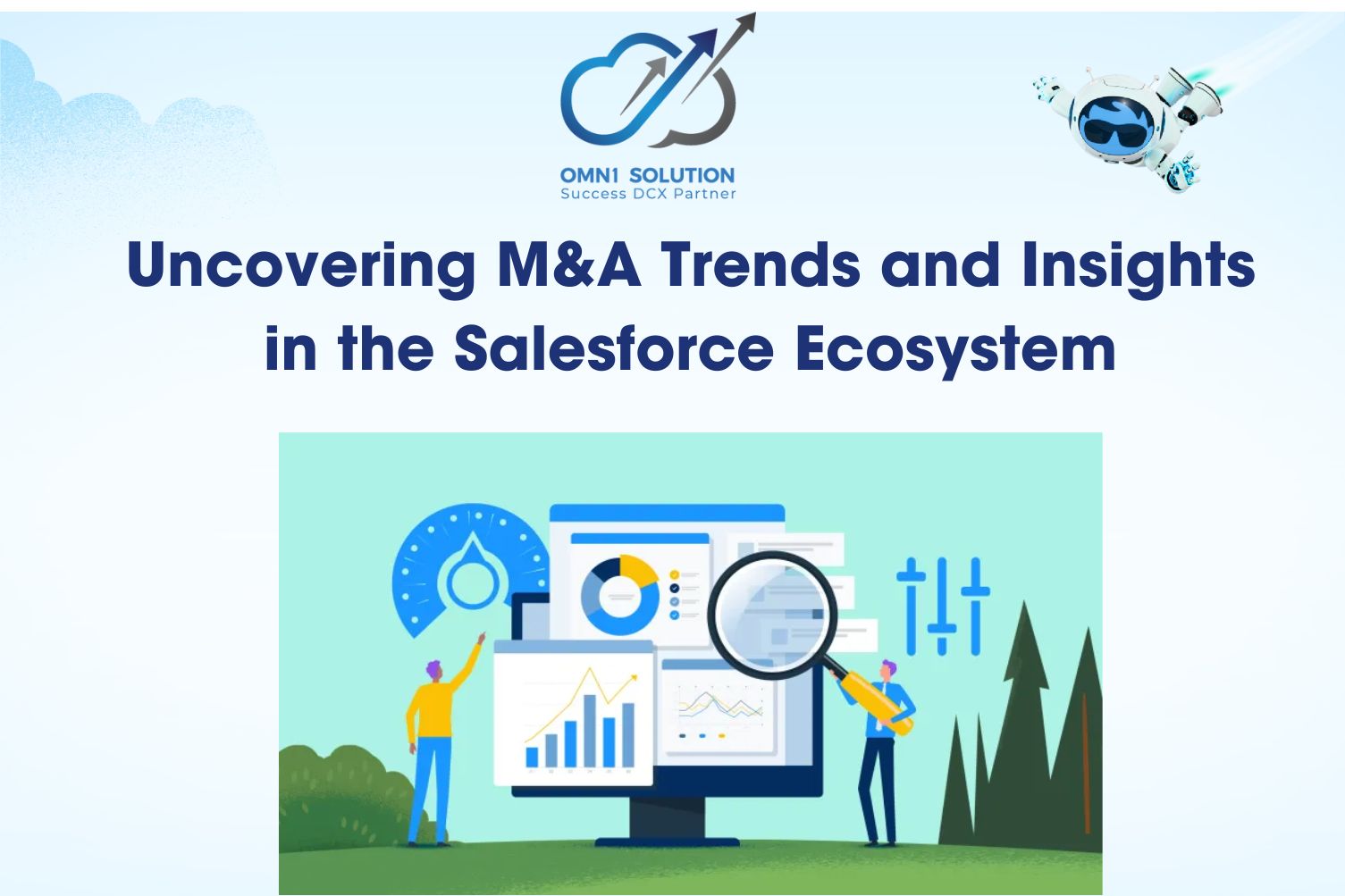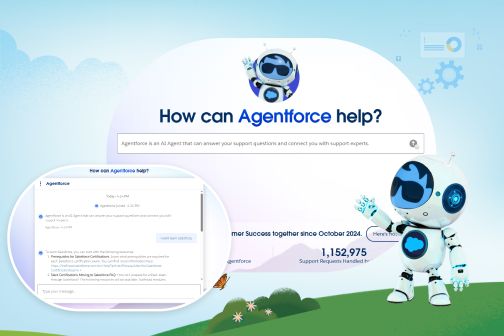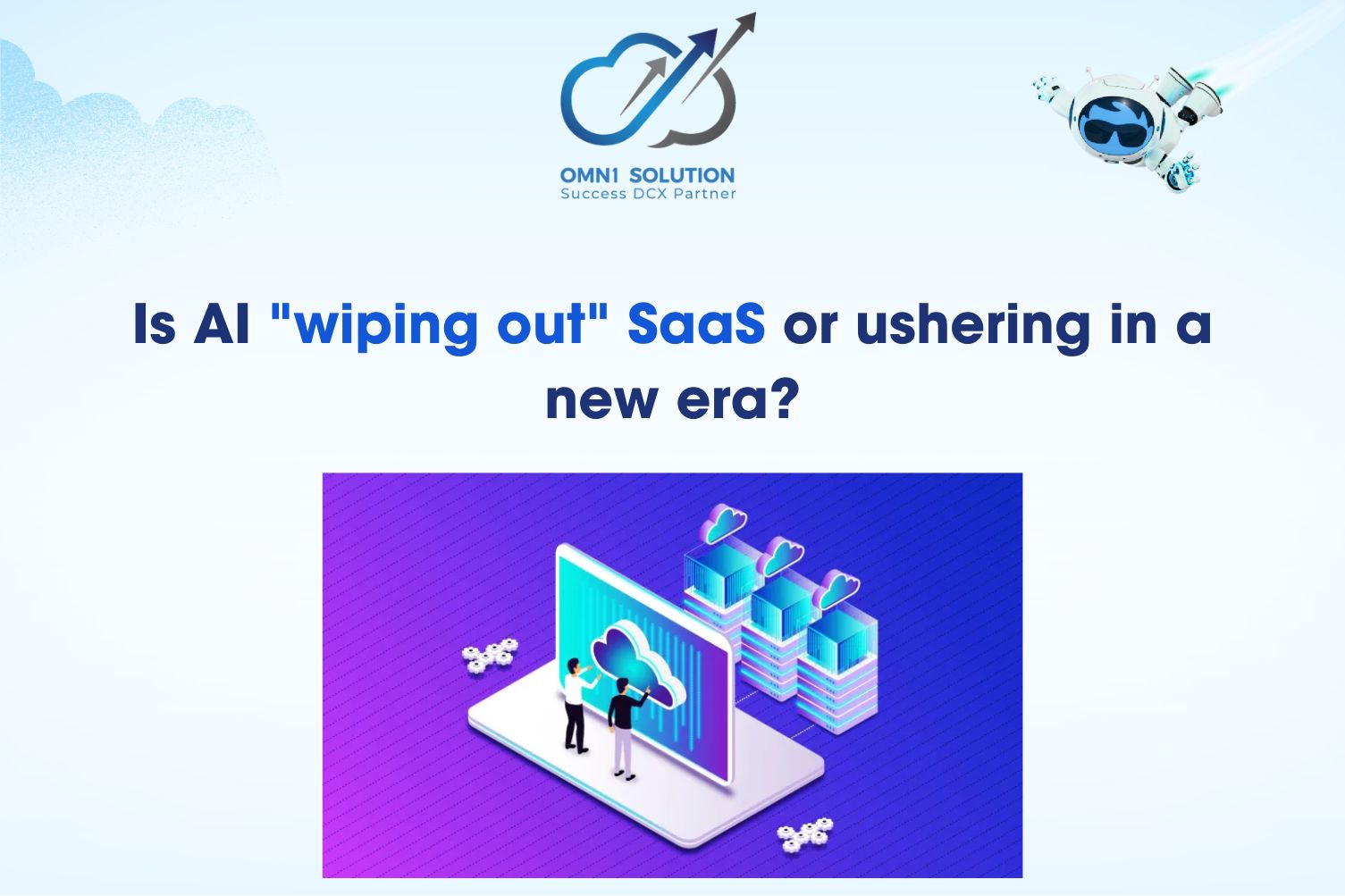Artificial Intelligence (AI) is growing rapidly, but few people realize that it also puts considerable pressure on the environment. Operating AI systems consumes a large amount of energy and generates significant emissions and electronic waste. In response, Salesforce has proposed a new level of transparency in emissions data and launched a 6-point plan to promote sustainable AI. Let’s explore the details below!
How Does AI Impact the Environment?
As mentioned earlier, large language models (LLMs) – like ChatGPT or Bard – require massive amounts of electricity to function. This places a heavy burden on the environment.
A study from the University of Massachusetts found that training a single AI model can produce up to 626,000 pounds of CO₂ emissions — equivalent to 300 round-trip flights between San Francisco and New York. This level of emissions contributes to global warming and accelerates climate change.
In addition, AI affects the environment in several other ways:
- Water Consumption: Data centers need huge amounts of water to cool the servers that power AI. As freshwater becomes increasingly scarce, this could trigger water crises in many regions.
- Electronic Waste (E-waste): Devices like computers and smartphones — essential for running AI — are frequently replaced, generating large amounts of hardware waste. This waste often contains harmful substances such as lead and mercury. The World Economic Forum predicts that more than 120 million tons of e-waste will be produced by 2050 unless better waste management practices are implemented.
- Resource Extraction: Building AI tools requires various metals, minerals, and fossil fuels. The extraction process can pollute the environment and destroy natural ecosystems.
What Is Salesforce Doing to Solve This?
Facing these pressing issues, Salesforce has taken bold steps to promote sustainable AI development. Since 2021, the company has included “climate” in its list of public policy priorities.
According to Salesforce’s Sustainable AI Policy:
“In the face of the escalating climate crisis, AI has the potential to both exacerbate and alleviate environmental challenges. Policy frameworks must strike a balance between maximizing AI’s benefits while mitigating its environmental impact.”
Based on this vision, Salesforce has created a 6-point plan, divided into two main categories:
Group 1: Measuring and Managing AI’s Environmental Impact
- Disclose AI Emissions: Encourage companies to publicly report the energy consumption and carbon emissions of their AI systems using standardized metrics such as kWh/tCO₂e.
- Consider Environmental Impact as a Risk Factor: When assessing risks associated with AI systems, environmental impact should be treated as a key criterion — especially for energy-intensive models.
- Set Efficiency Standards for High-Risk AI:
- Optimize model size to save energy.
- Use energy-efficient hardware.
- Prioritize clean energy and low-emission power grids.
Group 2: Driving Environmental Innovation with AI
- AI for Climate Forecasting: Expand open-source environmental datasets to train AI, enabling better weather and climate predictions.
- Cross-Sector Collaboration: Promote partnerships between academia, government, and private sectors to jointly develop AI solutions that support the environment.
- Encourage Research and Sustainable AI Innovation: Provide financial support and tax incentives for businesses and organizations focused on eco-friendly AI applications.
Salesforce’s AI for Impact Initiative
Beyond policies and frameworks, Salesforce is also running its AI for Impact program to support nonprofit organizations. The program offers:
- $2 million in funding,
- Free software,
- Expert consulting in AI and technology.
Currently, five organizations are receiving support:
- WattTime: Helps devices switch to clean energy to reduce emissions.
- One Concern: Uses AI for disaster response and preparedness.
- Project Drawdown: Identifies and promotes effective solutions to combat climate change.
- AI for Climate: Applies AI to climate-related issues in developing countries.
- Climate Policy Radar: Uses AI to track and assess global climate policies.
Conclusion
As concerns about AI’s environmental impact continue to rise, Salesforce is positioning itself as a pioneer in building responsible and sustainable AI.
By transparently addressing environmental risks and launching proactive initiatives — like AI for Impact — Salesforce shows that innovation and environmental protection can go hand in hand. It’s a reminder that we can harness the power of AI without harming the planet.
👉 Follow OMN1 Solution to stay updated on the latest sustainable tech trends.
👉 Or contact us if your business is seeking eco-friendly AI solutions.

